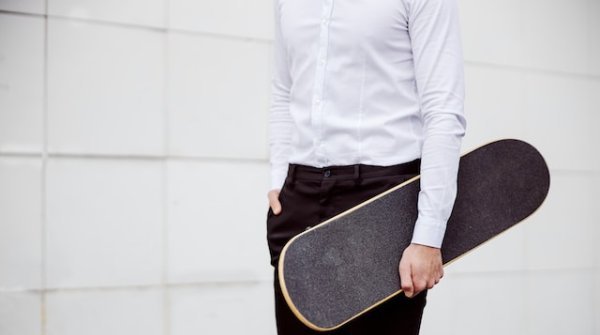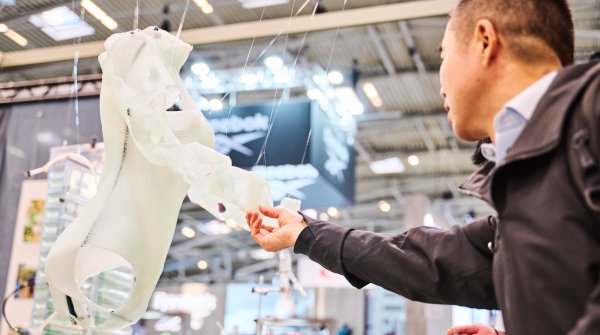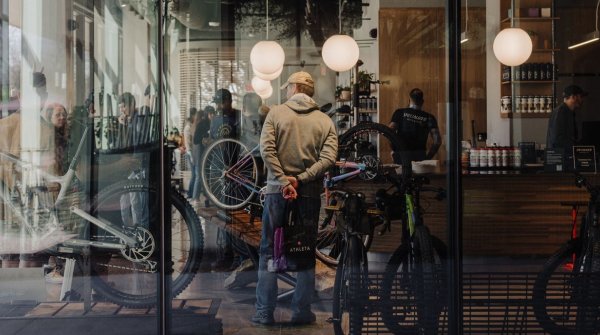At the Touring Preview in Hochfügen, a winter test event for sports retailers, there is always time for a good conversation, a relaxed chat at the hut evening, some shop talk on the lift and then new equipment is tested. We listened carefully and have summarized the many insights here.
The outlook for the sports market is generally positive, with steady growth expected in the coming years. This is also confirmed by the customer perception of retailers and brand representatives. Markus Hochlahner is an event employee at Atomic, he says: "We are seeing a lot of interest in our products from retailers and customers, even though the market is actually saturated. Our events for retailers and end customers are very well received, we have a lot of interest here."
Martin Stolzenberger, Managing Director of Bergzeit, is also satisfied: "Basically, we are growing compared to the previous year, but the winter season was characterized by a warm autumn and difficult Christmas business. January is going very well so far, especially compared to last year." At the same time, Bergzeit is feeling the restraint of customers: "This is particularly true for the German market. Due to the high price increases compared to the previous year, we are no longer able to sell some price ranges well, which strengthens the mid-price range.
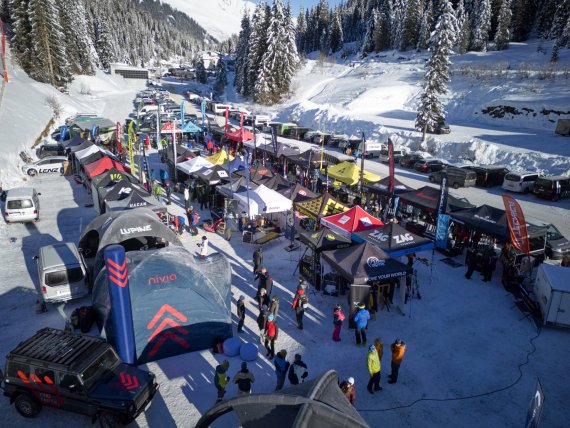
Martin Mitterer, owner of Mitterer - Fußfreund from Tegernsee, sees a shift in the segments. Last year, he sold a lot of shoes for the alpine segment, as unrestricted skiing was possible again after corona. Now the touring segment is in greater demand again.
However, the biggest challenge he faces is in the outdoor footwear segment, where Mitterer is still struggling with full stocks and at the same time has "the impression that things are slowly leveling out again". The full warehouses of many retailers are also noticeable at Deuter, where orders are being placed more cautiously, says a brand representative.
Lamp specialist Lupine is experiencing "good demand" from retailers. This could also compensate for the lack of business in cooperation with bike manufacturers.
However, in line with the trend forecasts of many analysts, everyone assumes that sport and therefore the demand for equipment will remain a topic of the future. A salesman from Hochfügen agrees: "People naturally want to do sports and buy products. If the conditions are right, the buyers will be there too."
DTC was not originally an important sales channel for Lupine. At the same time, as a provider of a premium product, the company is convinced that it is important to respond quickly to customer inquiries by email or telephone. "Customers naturally appreciate this," says Hannes Jarosch, responsible for design and development at Lupine. "We try to answer every inquiry personally and as quickly as possible." We know that customers expect premium service for a premium product. "This also allows us to differentiate ourselves from many of our competitors," says Jarosch.
"Service" is also one of the key words for Bergzeit: "We are sticking to our core values and focusing on expert advice, credibility and service instead of re lying on 'fancy' shopping tools ," says Florian Schinharl, Channel Manager Bergzeit Retail. However: "We are constantly looking at how we can strengthen and expand our service offering on the shop floor."
Mitterer, who took over the business from his father, is also convinced that he needs to offer an appealing sales area in addition to service. He recently modernized the outdoor area.
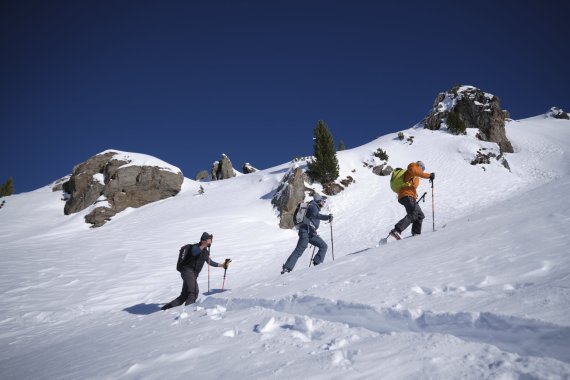
In order to get customers into the store or online store, experts on the brand and retailer side are increasingly relying on events. At Lupine, for example, voucher codes from festivals work very well to attract (potential) customers to the online store. We were "surprised ourselves", says Jarosch.
Lupine had not primarily evaluated events as a sales mechanism. Bergzeit does not use events as a sales driver either, but rather to strengthen customer relationships and build a regular customer base. "At the same time, we use contacts and events in general to incentivize purchases," explains Schinharl. "We want to create consistency through a high density of events and - as is the case with mountain sports - counteract any capricious weather and fluctuations in frequency." The events are diverse and range from sustainability evenings and family days to meet & greet events with athletes.
Atomic is also expanding its events and campaigns. In addition to test festivals and its own camps, the company is also "increasingly focusing on cooperations, for example with the Arc'teryx Academy", says Atomic man Hochlahner. Even retailer Mitterer is focusing on customer loyalty through small events, such as running meetings. The particular benefit for participants: "Going running with customers is better for them than any treadmill analysis and is the ideal market analysis for me."
What is the overall sentiment in the sports and outdoor industry for 2024?
The sentiment is mostly positive, despite some challenges such as price increases and weather fluctuations. Retailers and brands continue to experience interest and demand for products.
How are retailers and brands responding to current market conditions?
They are increasingly focusing on events for customer retention and acquisition, as well as improving service. This is evident through personalized customer care and organizing various events.
What are the key challenges facing the industry?
Shifts in demand segments, overstocking of outdoor footwear, and price increases are significant challenges. However, experts remain optimistic that buyers remain present under optimal conditions.
Why is brick-and-mortar retail still relevant?
Despite digitization, retailers and brands emphasize the importance of brick-and-mortar retail. It allows them to offer personalized service and present an appealing sales environment.
How do companies utilize events to strengthen their market position?
Events serve not only for sales but primarily for customer retention and building a loyal customer base. They provide a platform for personal interactions and create incentives for purchases.
What measures do companies take to address customer needs?
Improved service, customer retention events, and leveraging partnerships are common practices. Companies focus on personalized care and tailored offerings to differentiate themselves from competitors.
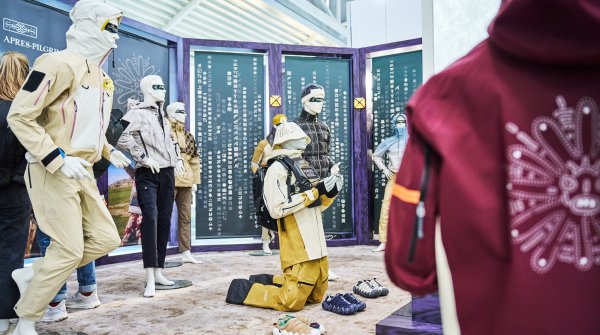 Sports BusinessSustainable ideas for store design
Sports BusinessSustainable ideas for store design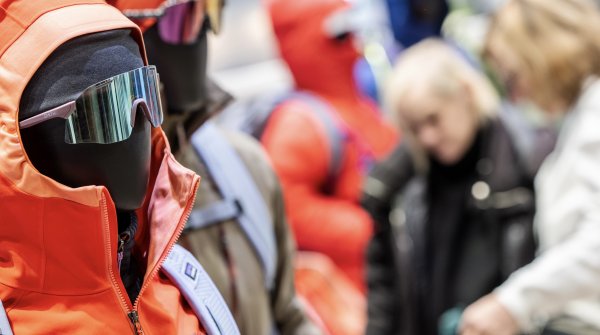 Sports BusinessSports retail in transition: the future playbook for 2025
Sports BusinessSports retail in transition: the future playbook for 2025
- ISPO awards
- Mountain sports
- Bike
- Design
- Retail
- Fitness
- Health
- ISPO Job Market
- ISPO Munich
- ISPO Shanghai
- Running
- Brands
- Sustainability
- Olympia
- OutDoor
- Promotion
- Sports Business
- ISPO Textrends
- Triathlon
- Water sports
- Winter sports
- eSports
- SportsTech
- OutDoor by ISPO
- Heroes
- Transformation
- Sport Fashion
- Urban Culture
- Challenges of a CEO
- Trade fairs
- Sports
- Find the Balance
- Product reviews
- Newsletter Exclusive Area
- Magazine




